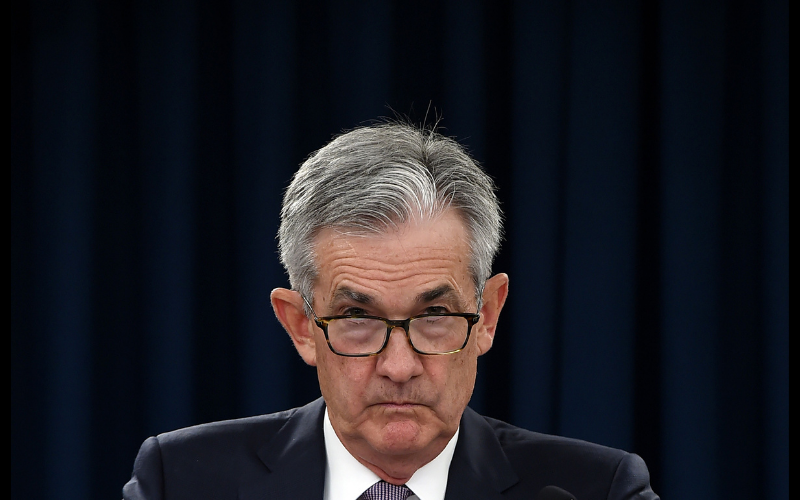Daily FX Market Roundup 10.11.2021
By Kathy Lien, Managing Editor
This will be another busy week for the foreign exchange market. Inflation and spending – two of the most important elements of Federal Reserve policy will be in focus. With USD/JPY climbing to its strongest level since December 2018, investors have largely shrugged off Friday’s soft non-farm payrolls report. However if inflation and consumer spending numbers also fall short, it will be difficult for the dollar to hold onto its gains. Inflation should be stronger given the recent increase in oil and gas prices but the big question mark is retail sales. Average hourly earnings grew at a faster pace in September but according to Johnson Redbook, consumer spending growth slowed. Additionally, this will be the first monthly report without the extra $300 federal unemployment benefit, though most states phased them out earlier. The U.S. dollar remains bid for now, but these reports will play an important role in the durability of its gains.
Oil prices rose above $80 a barrel for the first time in 7 years. USD/CAD which has been falling since late September hit a 2 month low but the decline was modest because Canadian markets were closed. Between Friday’s blockbuster jobs report from Canada and the persistent rise in crude prices, today’s consolidative price action should be short-lived. We expect Canada’s economy and the loonie to continue to outperform its peers. There are no major economic reports from Canada this week.
The best performing currency today was the Australian dollar. After one of the longest periods of lockdown, rising vaccination rates, warm weather and reopenings will pave the way for a strong recovery. Today was “Freedom Day” in Sydney where cafes, gyms and restaurants reopened after 4 months of lockdown for fully vaccinated customers. Australian labor market numbers are due for release this week along with Chinese trade and CPI.
The New Zealand dollar also traded higher but its gains were modest in comparison. Despite a recent rate hike by the Reserve Bank of New Zealand, the country is grappling with a new resurgence in virus cases. Prime Minister Arden extended the lockdown in Auckland and delayed school reopenings. The New Zealand dollar is underperforming because investors know that while the RBNZ talked of more rate hikes, until lockdowns are eased, they will be unable to follow through with these plans. We are not hopeful for a strong NZ PMI manufacturing report this week.
A string of softer Eurozone data this month kept euro under pressure. The German ZEW survey is scheduled for release tomorrow and between equity market volatility and weaker data, investor confidence should have declined in October. Meanwhile sterling traded higher for the third straight day on the back of hawkish comments from U.K. policymakers. Monetary policy committee member Michael Saunders told households to get ready for “significantly earlier” interest rate rises. Although he is one of the most hawkish members of the central bank, his concerns about inflation are shared by many of his colleagues including Governor Bailey. Bailey also said inflation is concerning and there’s a need to prevent it from becoming embedded. Comments like these sparked U.K. rate hike expectations. U.K. labor market numbers are due for release on Tuesday.





